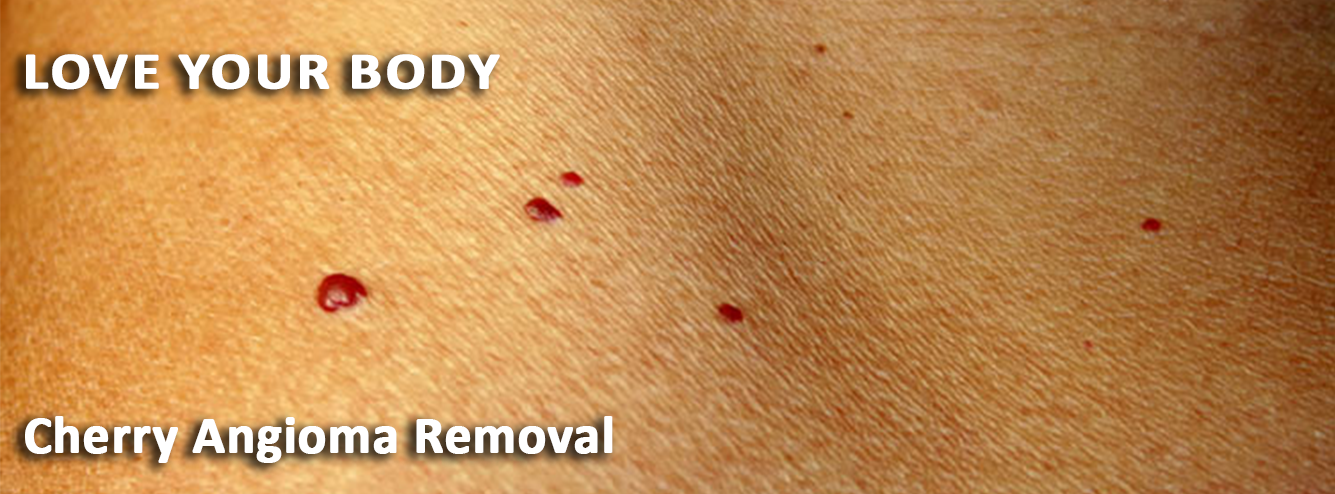

If you have noticed a circular, bright red, small shape on your body, you may be dealing with a cherry angioma. These are commonly known as red moles and are common in individuals 30 and older. Although they are not cause for alarm unless the mole changes in color, shape or size or starts bleeding, many prefer to have them removed for aesthetic purposes only. Angiomas may be slightly raised from your skin or lay flat and smooth. They vary in size, although they rarely get larger than ¼ of an inch in diameter. Angiomas can be inconvenient and annoying because if they are rubbed, scratched or cut open, they will bleed.
While a definite cause has not been identified for cherry angiomas, there is a loose link between age and the occurrence. Of those tested at 75 or older, 75 percent of them had a cherry angioma. Researchers have also linked angiomas to certain medical conditions, climate, exposure to chemicals and pregnancy. Because there is no direct cause of angiomas and they are not life-threatening, there are several ways to treat them cosmetically. At Sparsh Clinic, we want your skin to be clear and free of any blemishes, and we want you to feel comfortable in the skin you are in. That is why we offer laser treatment for mole removal.
Unless specified by a dermatologist or doctor, there is no medical reason to remove these tiny moles, although they may regularly bleed in certain spots. Many choose to have them removed for cosmetic reasons. There are several options for treating these moles:
Cryosurgery: During cryosurgery, the angioma is frozen with liquid nitrogen, and destroyed by extreme cold. This is an easy procedure and can usually be done in one visit.
Electrocauterization: During electrocauterization, an electric current burns the angioma. The rest of the body is protected from the electricity surge with a grounding pad.
Shave excision: This is a minimally invasive procedure where the angioma is removed from the top of the skin without sutures or stitches, although a scalpel is used to excise the mole.
Laser treatment: The angioma is removed with a pulsed dye laser, which destroys the lesion with heat. This treatment is fast, easy and an outpatient procedure. Minor bruising can occur, but side effects are rare.
